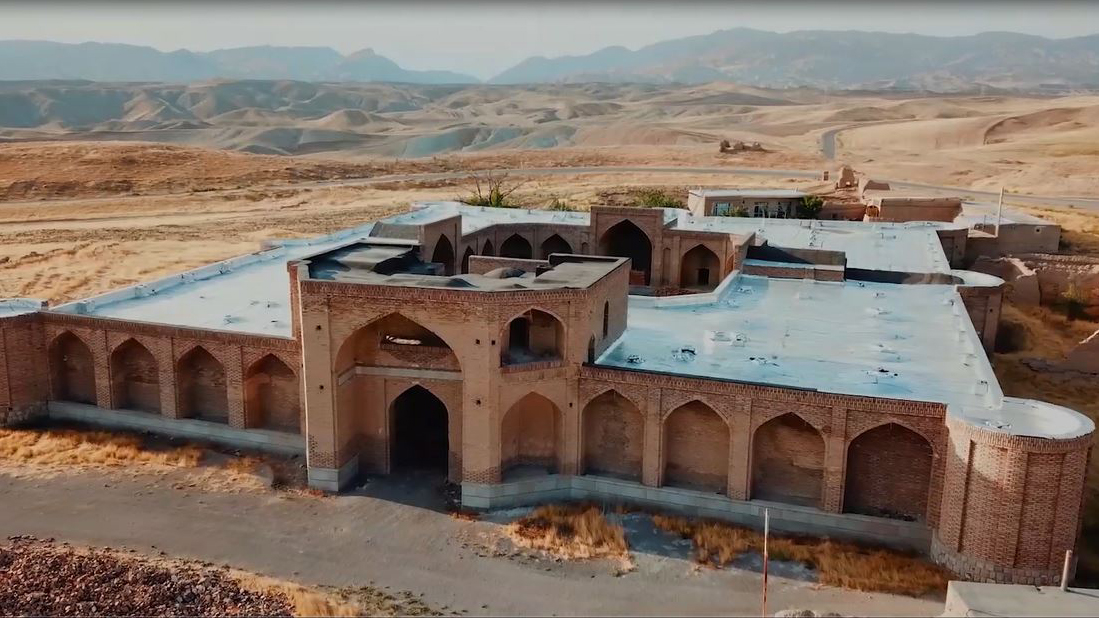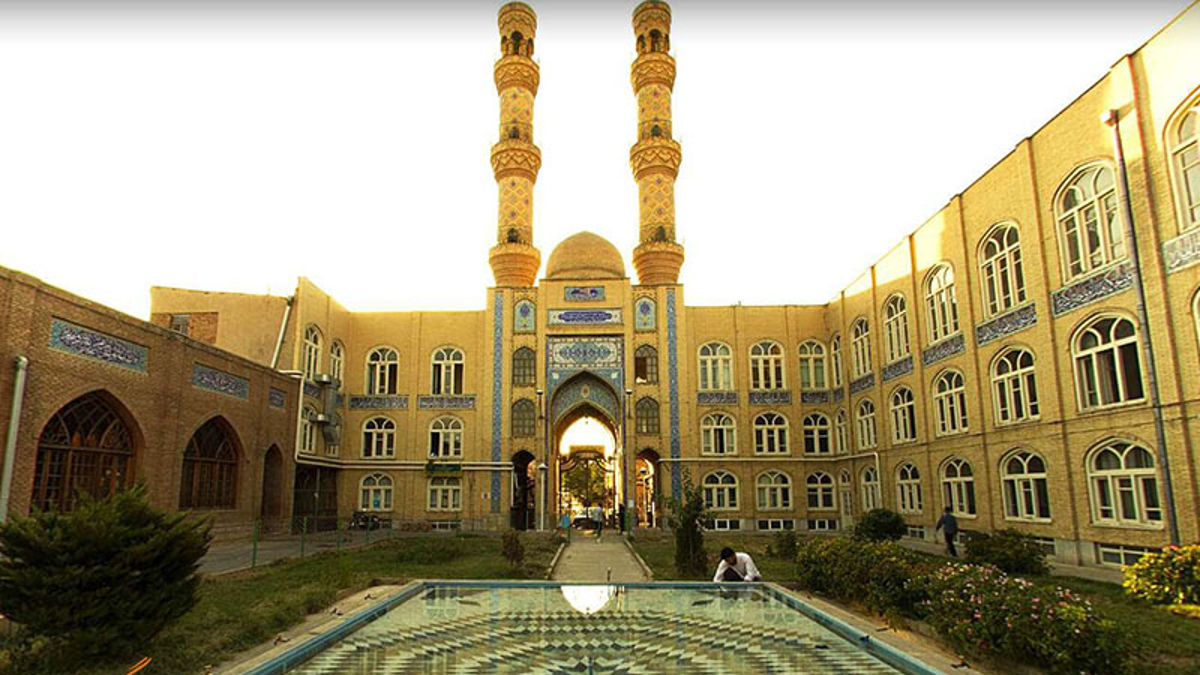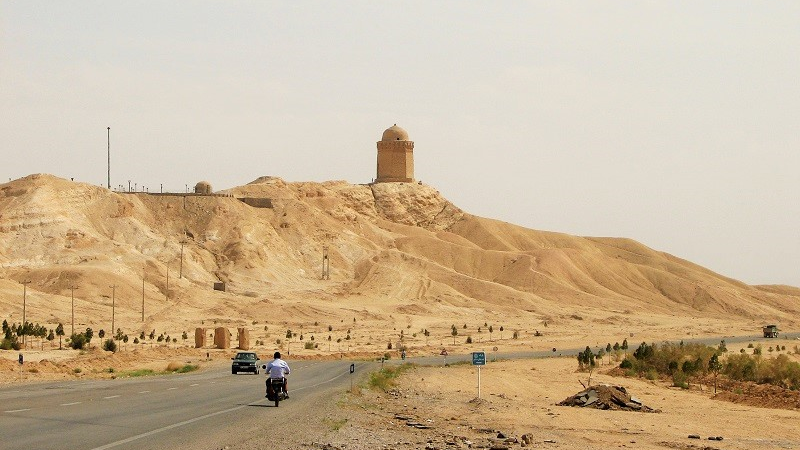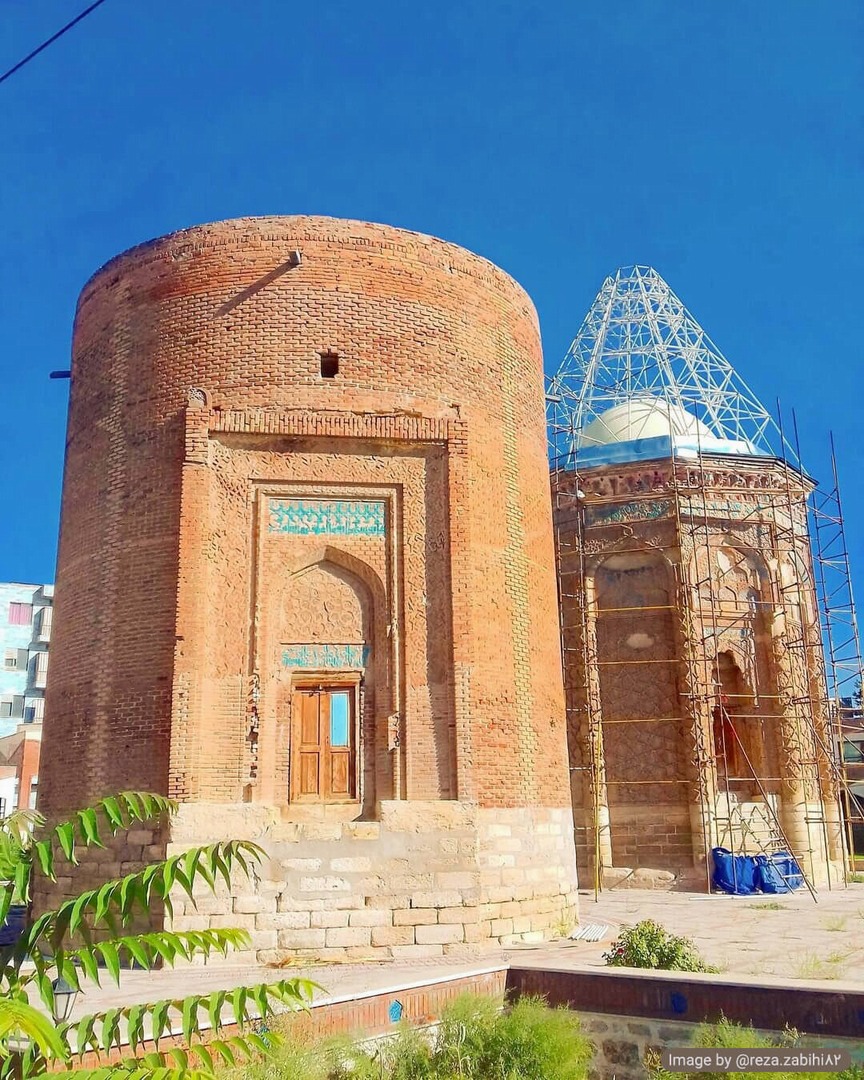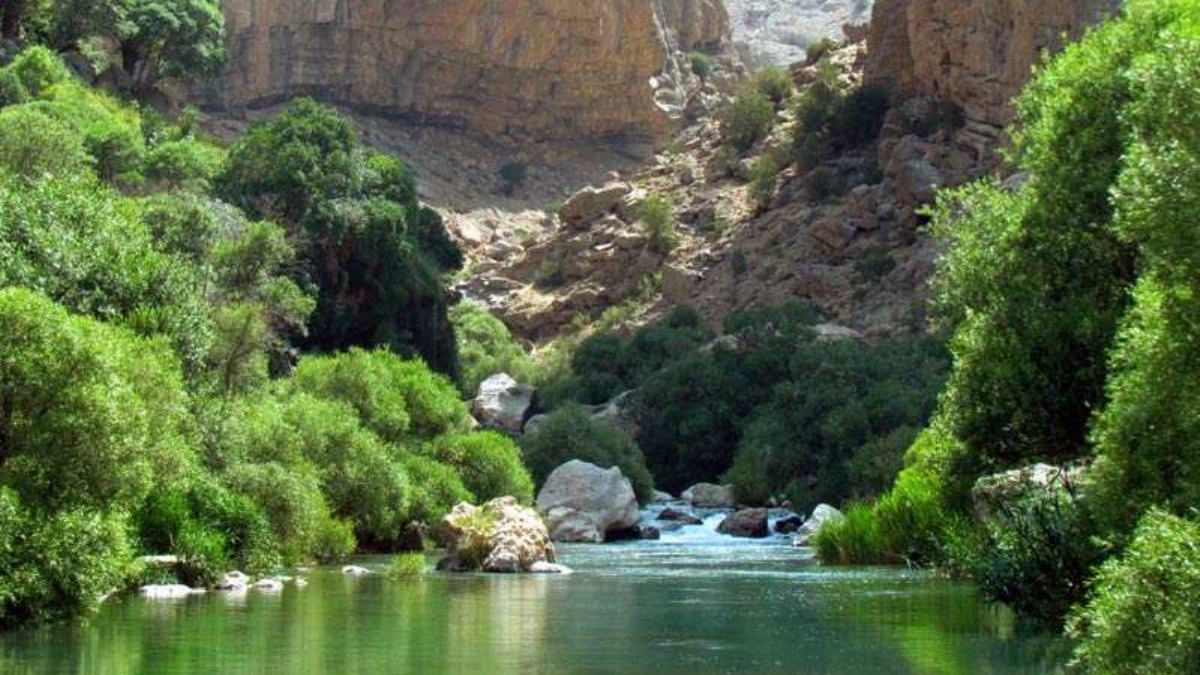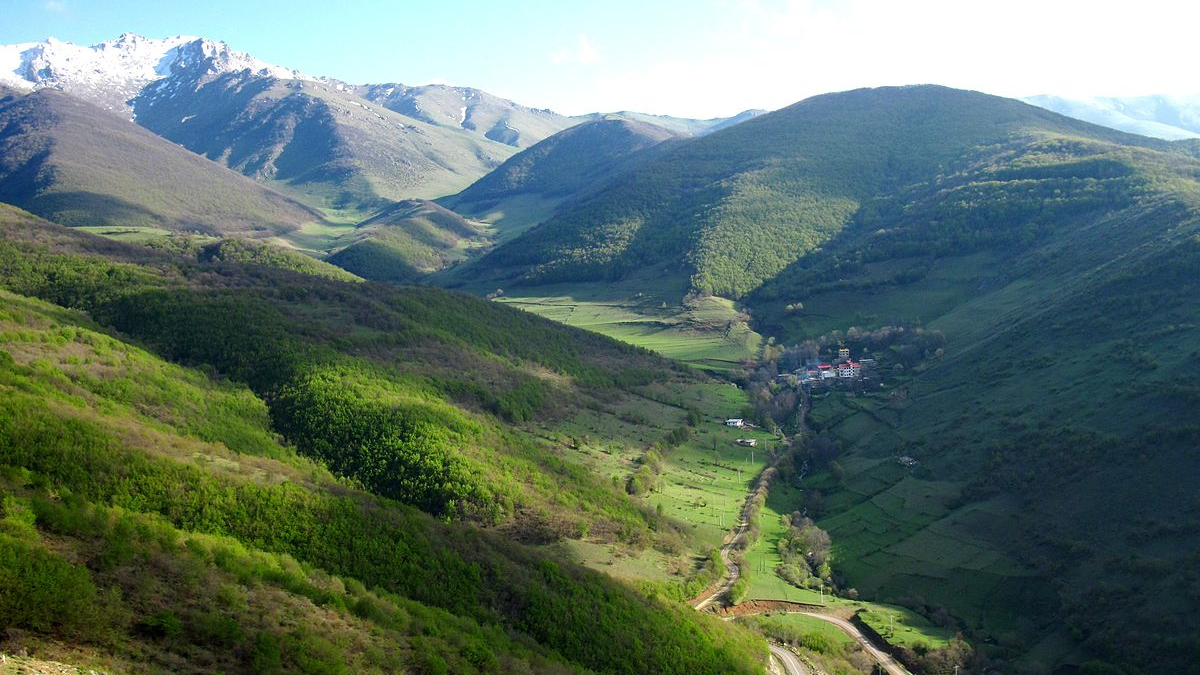
Firouzabad Monuments; Outstanding Symbols of Sassanid Architecture
Firouzabad is an ancient city in Fars province, which was called “Gor” in the past. The monuments left in this city are symbols of the architectural art of the Sassanid era.
Geography of Firouzabad
With an approximate area of 1489 hectares and a population of nearly 70 thousand, Firouzabad is located 110 kilometers south of Shiraz. The city is 1351 meters above sea level, its average annual temperature is 22 degrees Celsius, and has an average rainfall of 282 mm.
History of Firouzabad
According to experts, Firouzabad was established before the Sassanid rule, but it was during the reign of Ardeshir Papakan, the founder of the Sassanid dynasty (reigned from 224 to 242 AD) that this city it was highly regarded as a city of strategic location.
It has been recorded that, in the course of his attack on Iran, Alexander of Macedonia could not conquer this city by any military trick, therefore, by changing the route of the Firouzabad River, he created an artificial flood in the city, which caused its fall. Years later, Ardeshir Papkan revived Firouzabad by establishing a city called “Ardeshir Khore”.
Presently, there are many ancient monuments in Firouzabad that were built during the Sassanid era and speak a lot about the long history of the city.
Palace of Ardeshir Papakan
This palace is built on a square platform and for this reason, it is different from other works of its time. The length and width of this palace stand at 116 and 55 meters respectively, and numerous corridors and porches can be seen in it, which is one of the characteristics of Sassanid architecture.
One of the most important parts of this palace is its triple domes. Another interesting part of this palace is the separation of the administrative part from the residential part and the open halls that face each other and were the meeting place of the king and statesmen. Due to its historical importance, this palace has been inscribed as one of the ancient monuments of Iran on the UNESCO list of world heritage.
There are several halls in the eastern and western parts of the palace, which are connected by porches and decorated with beautiful plasterworks. One comes across the main courtyard and a lake in the outer space of the palace, which gave the Palace a special view.
Qal’eh Dokhtar (Maiden Castle)
This castle, which was to the Goddess Anahita, is located on the heights of Firouzabad - some 6 km away from Shiraz - and is built in a couple of floors. Stone and plaster are the main materials used for the construction of this castle. The stones of the facade are hewn, but coarse river bed rubble has been used for the foundations and walls.
The special dome of Qal’eh Dokhtar and its corridors and staircases represents the Sassanid style of architecture. The way to reach this castle is very difficult and for this reason it was considered one of the safe and impregnable bases of Ardeshir Papakan.
Despite the fact that Qal’eh Dokhtar has been subject to lot of damage since to time it was built, the grandeur of this monument is quite still fascinating.
Milo Minaret
Granite is the main material used to build the building the length and height of which stand at 9 and 30 meters respectively. Archaeologists believe that this building was used as a mine or water tank.
The Petroglyph of Ardeshir Papakan’s Victory
This relief is considered one of the oldest Sasanian reliefs and is located next to Firouzabad river depicting Ardeshir’s victory over Ordavan V, the last Achaemenid king. The figures, the angle of the limbs, and the attention paid to details have made this relief very awesome.
| Name | Firouzabad Monuments; Outstanding Symbols of Sassanid Architecture |
| Country | Iran |
| State | Fars |
| City | Firozabad |
| Type | Historical |
| Registration | National |
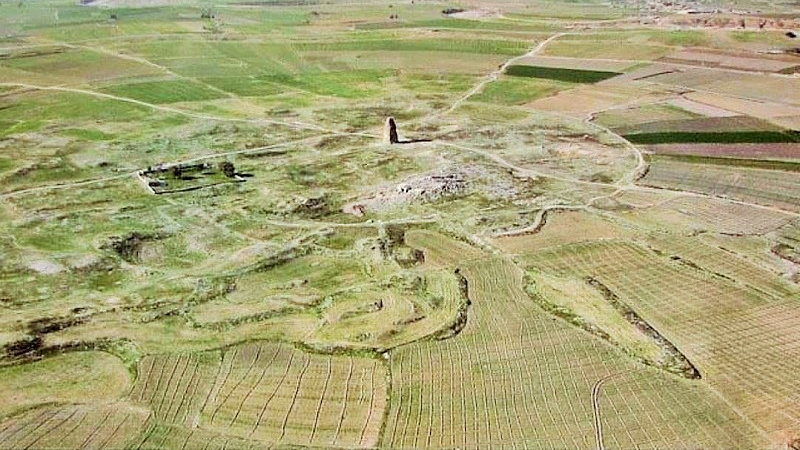
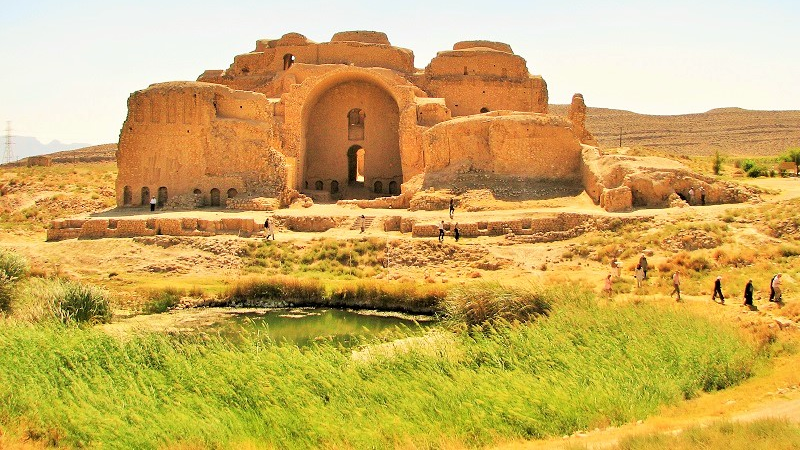
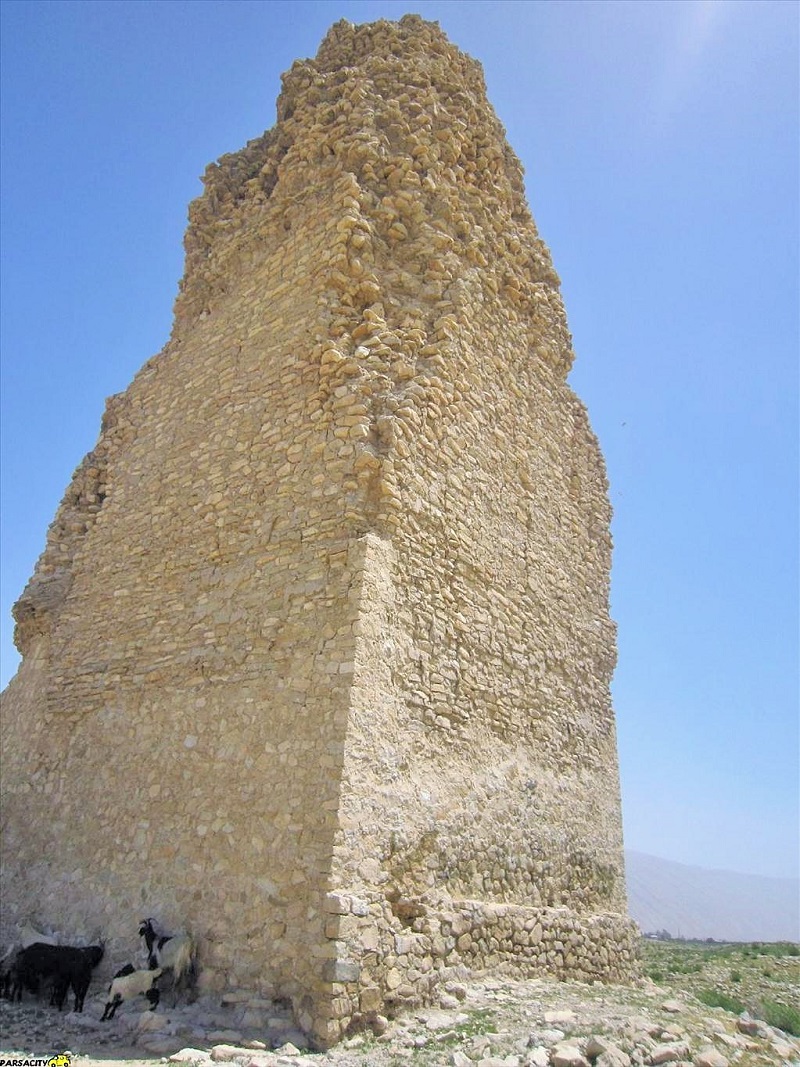



Choose blindless
Red blindless Green blindless Blue blindless Red hard to see Green hard to see Blue hard to see Monochrome Special MonochromeFont size change:
Change word spacing:
Change line height:
Change mouse type:


